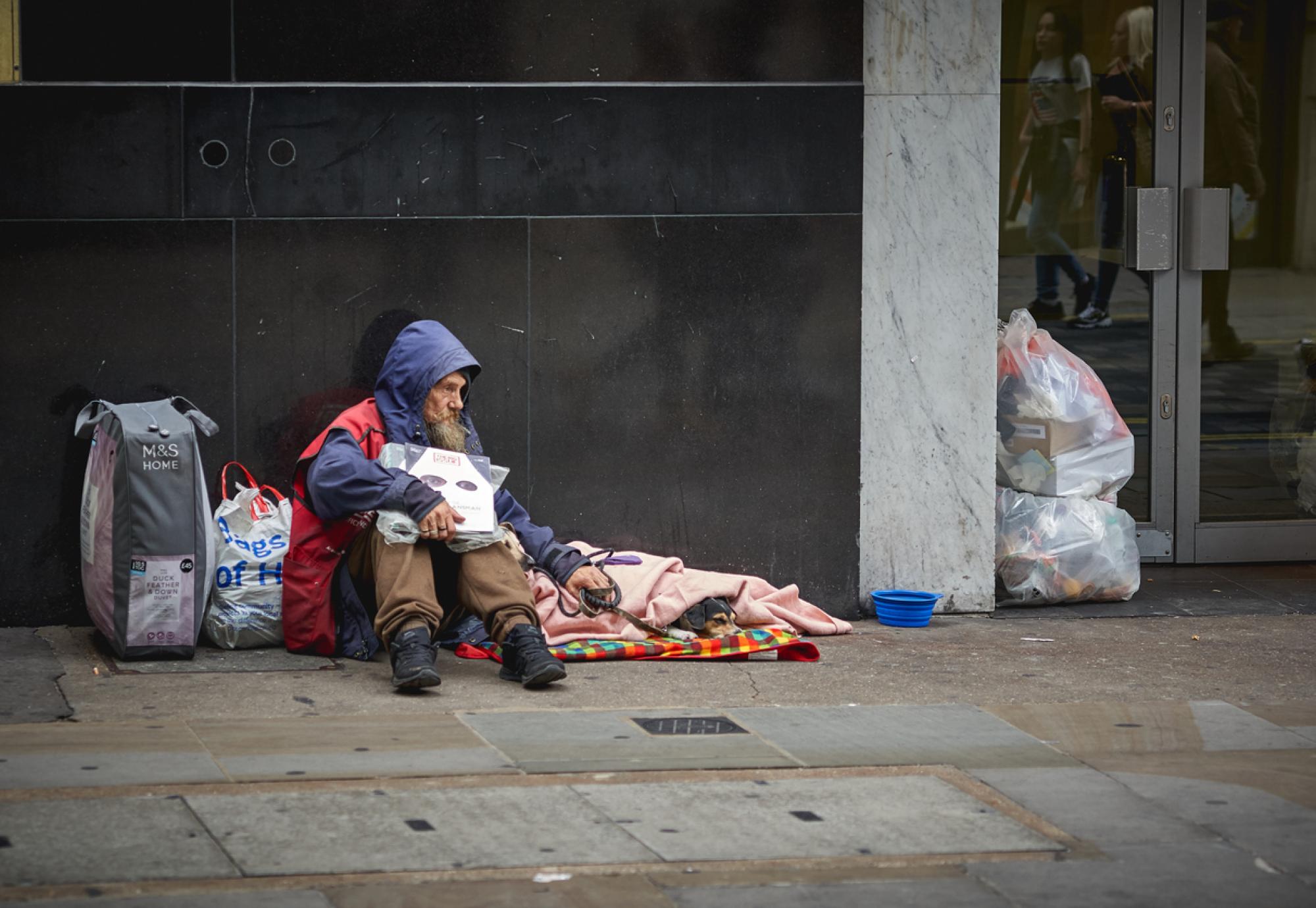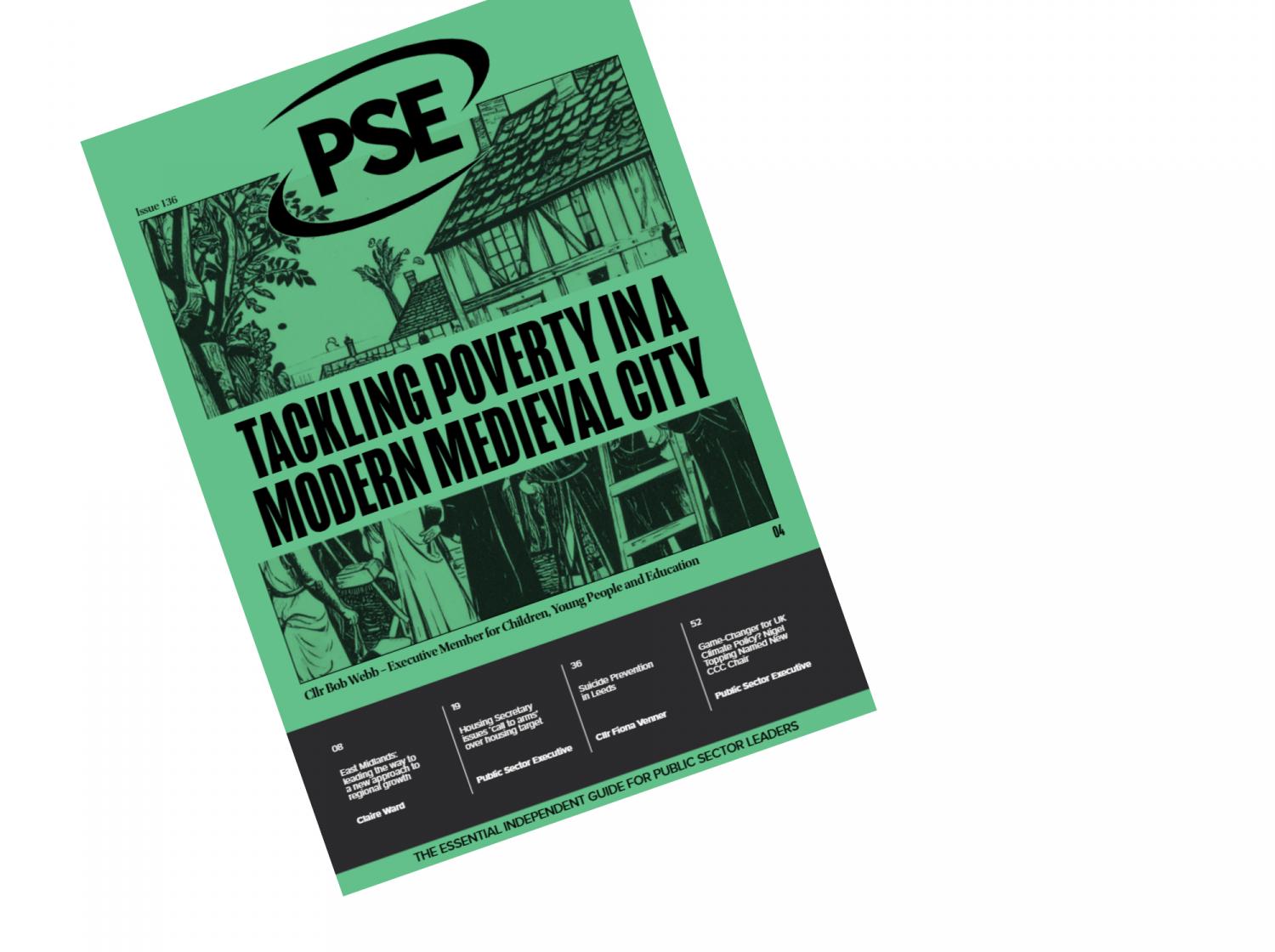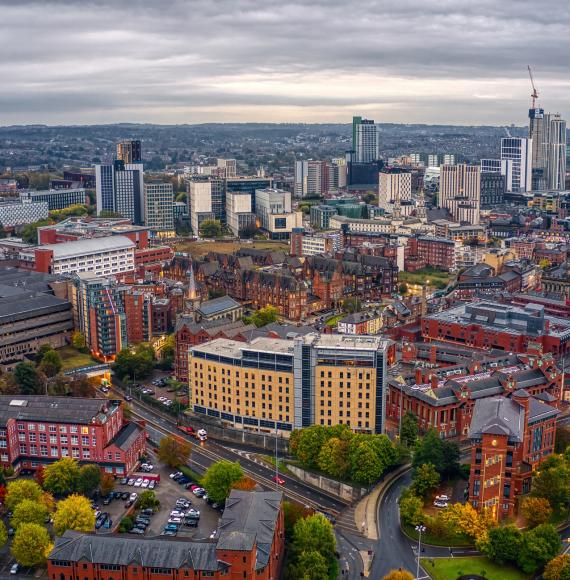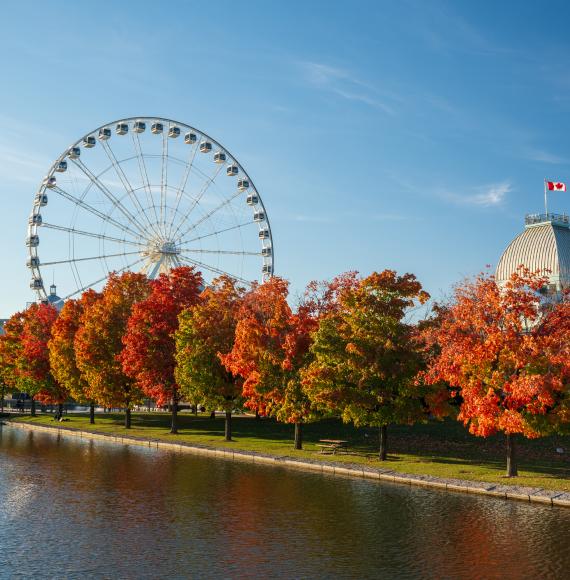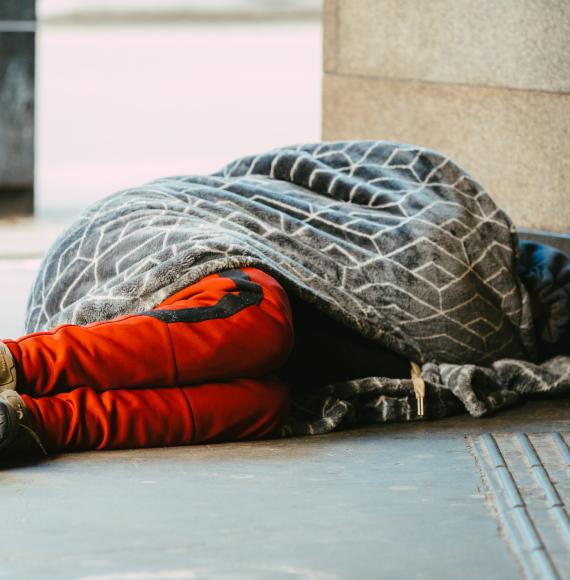New research from Shelter shows at least 354,000 people in England, including 161,500 children, will spend Christmas without a home - a shocking increase of 14%, 44,500 people, in one year.
Shelter’s detailed analysis of official homelessness figures and responses to Freedom of Information requests reveals that one in 160 people in England are now homeless. This is up from one in 182 in 2023, owing to a sharp rise in people sleeping rough and families trapped in temporary accommodation. The research shows:
- 326,000 people are in temporary accommodation (17% increase in one year) - most of whom are in families with children.
- 3,900 people are sleeping rough on any given night (10% increase).
- There are a further 16,600 single people in hostels or other homeless accommodation
Record private rents combined with inadequate housing benefit, rising evictions and a lack of genuinely affordable social homes has resulted in homelessness soaring. Families who become homeless are usually placed in temporary accommodation by their local council, but all too often this accommodation is far from ‘temporary’, as the government’s own data shows that almost half (45%) of families have been there for over two years.
England’s chronic shortage of homes for social rent has left over 1.3 million households on social housing waiting lists across the country. With so few social homes available, families who become homeless have little hope of moving into a safe and secure home anytime soon. Instead, thousands of families are living out of bags and suitcases, spending months crammed into B&B rooms, often sharing kitchens and bathrooms with strangers. People who are not entitled to homelessness accommodation often are forced to sofa surf with family and friends or sleep on the streets.
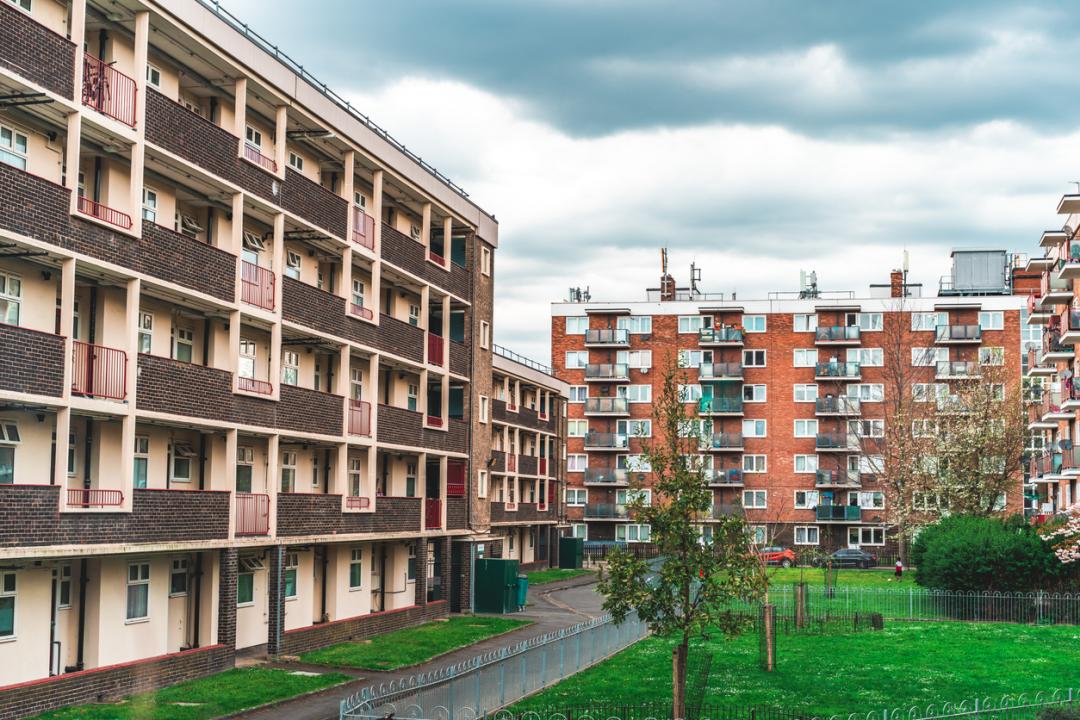
Polly Neate, chief executive of Shelter, said:“As the country prepares to wind down and celebrate the festive season in our homes, it’s unimaginable that 354,000 will spend this winter homeless - many of them forced to shiver on the wet streets or in a mouldy hostel room with their entire family.
“Across England, extortionate private rents combined with a dire lack of genuinely affordable social homes is trapping more and more people in homelessness. Parents are spending sleepless nights worrying about their children growing up in cramped and often damaging temporary accommodation, as weeks and months turn into years without somewhere secure for them to call home.
“Until the government builds the social homes needed to end the housing emergency for good, Shelter will be there for people facing the devastation of homelessness. But we cannot do it without the help of the public – your donations allow us to provide emergency help for those facing a night on the streets as well as give vital, expert advice and help to people to keep their homes.”
Shelter’s research also looks at areas across England where homelessness is most acute:
- London comes out worst, with one in 47 people homeless in the capital. The total number of people homeless in the city has risen 12% in a year, to a total of 187,000 people. Newham has the highest rate with one in 18 people homeless.
- Outside of London, Slough is the local authority with the highest rates of homelessness with one in 51 people homeless, followed by Luton with one in 57 homeless and Manchester where one in 61 are homeless.
- The North East has the biggest annual increase of 53%, from 1,500 people to 2,300 people.
While Shelter’s analysis is the most comprehensive overview of recorded homelessness in England, the true figure is likely to be higher as some types of homelessness, like sofa-surfing, go unrecorded.
Commenting on the new research from the Shelter into homelessness levels, London Councils says “vast numbers” of families in the capital will spend Christmas in temporary accommodation and “urgent action” is needed to turn the crisis around.
Shelter’s analysis suggests 354,016 are likely to be homeless in England on any given night. This equates to one in 160 people in England being homeless – the majority in temporary accommodation, while others sleep rough or ‘sofa surf’.
London Councils highlights that the capital is experiencing the most severe homelessness pressures in the country. The cross-party group estimates that 183,000 Londoners live in temporary accommodation – equivalent to over one in 50. This is the highest level of homelessness ever recorded in the capital.
London Councils’ figure includes almost 90,000 children. From this, London Councils estimates there is on average at least one homeless child in every London classroom.
Cllr Grace Williams, London Councils’ Executive Member for Housing & Regeneration, said:
“London is the epicentre of a national homelessness emergency, with vast numbers of families set to spend Christmas in temporary accommodation.
“The impact of homelessness on individuals – especially children – is devastating and the pressures on local services are unsustainable. We need urgent action to turn the crisis around.”
In October London Councils published analysis showing that boroughs collectively spent £4m every day on temporary accommodation for homeless Londoners in 2023-24. London boroughs’ spending on temporary accommodation had jumped by a dramatic 68% in a single year.
London Councils’ priorities for national policy action include:
Double Homelessness Prevention Grant funding. Local authorities play a vital role in supporting struggling households to avoid homelessness. Councils require an emergency funding increase to ensure local services have the resources needed in the face of rising levels of demand for support.
The level of overspend on borough budgets suggests a doubling of current levels of Homelessness Prevention Grant funding is necessary. London boroughs received £157m from the government through this grant in 2024-25.
Research recently published by London Councils shows only 5% of London’s private rental listings in the capital are affordable to households relying on Local Housing Allowance.
Boroughs are calling for the increase in LHA rates to become a permanent measure, with LHA rates updated annually to track market rents and help ensure adequate support for low-income tenants in the private rented sector.
Remove the January 2011 cap on Local Housing Allowance payable for temporary accommodation in Housing Benefit subsidy. This is the amount of money local authorities can claim from the government for their temporary accommodation costs.
Currently the subsidy has been frozen at 2011 rates – even though temporary accommodation has become significantly more expensive over the past 13 years. London Councils’ data from 24 boroughs shows a gap of more than £96m in 2023-24 between the cost of providing temporary accommodation and what councils can recover from government through the housing benefit subsidy for temporary accommodation.
The ‘subsidy gap’ is a priority concern for London boroughs, especially as they increasingly rely on relatively high-cost temporary accommodation options in B&Bs and commercial hotels. Lifting the cap would better reimburse boroughs for their temporary accommodation costs.
Photo credit: iStock

